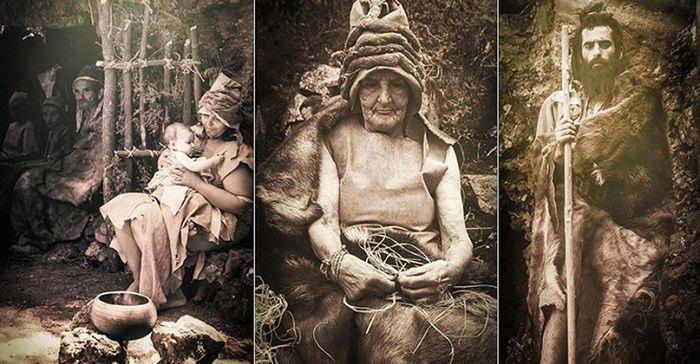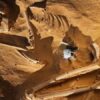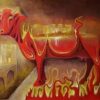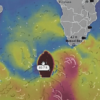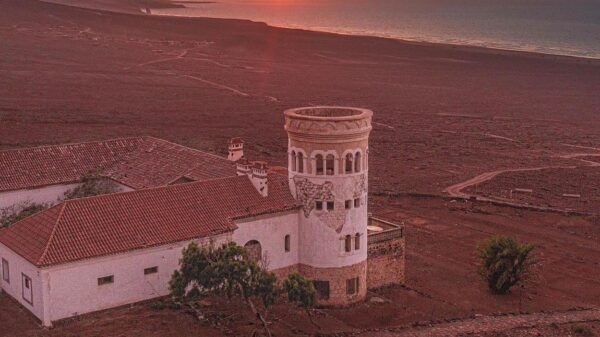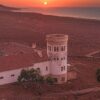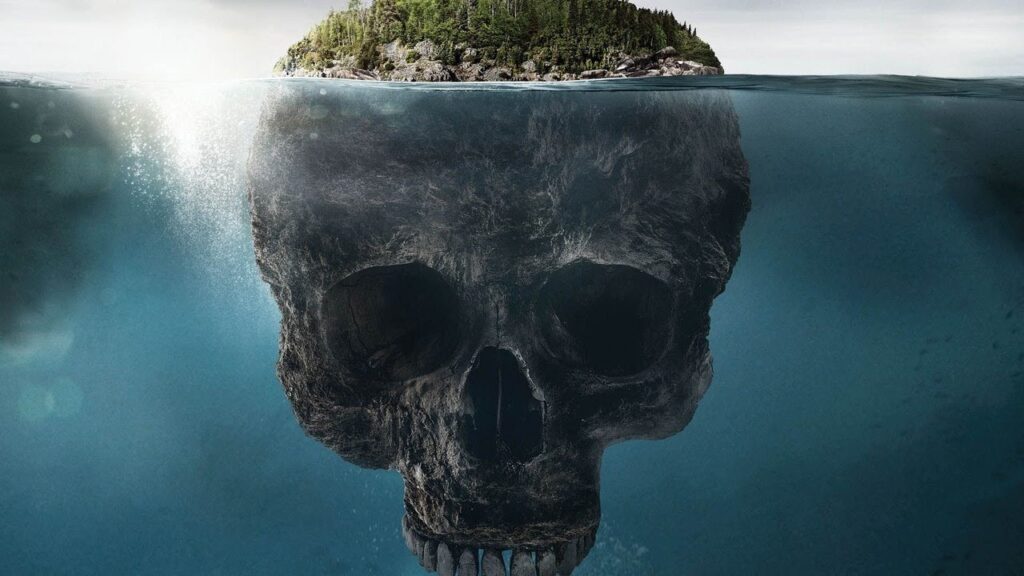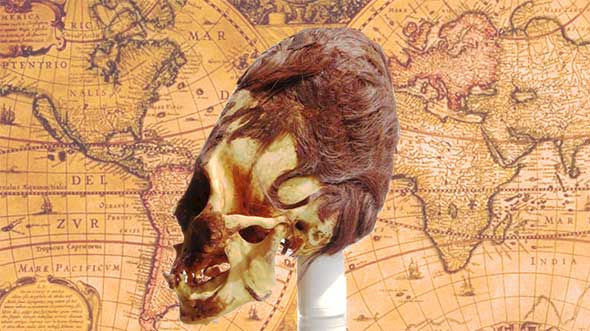For many years, the origin of the Canaries of the Guanches remained a mystery. A mystical suggestion was made that they could be descendants of the legendary Atlanteans.
Who are the Guanches?
The subtropical climate of the Canary Islands, the southernmost region of Spain, attracts crowds of holidaymakers. Last year, the Canaries were visited by 15 million tourists. In the V century BC e. the Roman writer Pliny the Elder wrote about deserted islands with the ruins of large structures. However, not all seven islands were empty. Archaeological finds indicate that from about the middle of the first millennium BC, the Phoenicians and Punians arrived here. The Carthaginians periodically explored the Canary Islands. And only after the 4th century AD e. the guanches, who knew nothing about shipbuilding and navigation, were completely isolated.
Long before the arrival of the first Spanish settlers in the 1470s, another civilization flourished in the Canary Islands. The islanders called themselves Guanches, Guachinec or Guachinet, which translated means “man of Tenerife.” The written evidence of the Guanches dated 1150 reached the King of Sicily Roger II in a book written by Arabian geographer Muhammad al-Idrisi, “Entertainment of the Exhausted in Traveling by Region”.
Fair-haired and blue-eyed, they were strikingly different from the native inhabitants of North Africa , to which the expanse of the Atlantic Ocean stretched. The natives were taller than the Castilians of that time (tall men (165 – 171 cm) and women whose average height reached 160 cm). Even the shade of their skin was lighter than that of the then Spaniards.
The language, despite some similarities with the Berber-Libyan languages, also differed from them. It was even more surprising that the Guanches could talk to each other, only moving their lips or issuing a whistle that they understood and answered from long distances.
The mystery of the origin of the guanches
The origin of the Guanches has long been an object of discussion between archaeologists and historians. According to some assumptions, they were descendants of the Celts or the Vikings. The most daring suggested that they could be descendants of the mythical inhabitants of the sunken Atlantis. Hypotheses were expressed about the similarity of Aborigines with Cro-Magnons.
A study of the DNA of the ancient mummies preserved on the islands in 2019 showed that the Guanches are most likely Berbers from North Africa, who arrived there around 100 AD. e. or even earlier.
The question of how the Guanches reached the archipelago remains open. According to one theory, the people of Tenerife crossed the ocean in small boats and landed on the islands of Lanzarote and Fuerteventura. The number of potential settlers also remains a subject of scientific debate, but studies show that 14 pairs would be enough to populate the archipelago.
Guanche culture
As archaeological finds show, the Guanches were organized into a tribal society under the leadership of leaders. They were engaged in agriculture, hunting and gathering, their diet included:
- milk;
- goat meat;
- pork
- fruits.
Mostly they threw on goatskirts woven from the leaves of cattail, goat skins. They lived in natural caves or simple stone houses with a low ceiling .
The guanches adapted their caves and grottoes for use as storages and temples. Some of these structures have survived to the present day and point to the advanced astronomical knowledge of this people. Holes in the walls of the caves let sunlight into certain places at different times of the year, marking the dates of the solstice and equinox.
One of the most noteworthy of these structures is the Risco Caído . This is a settlement consisting of 21 caves, which were hollowed out in volcanic tuff about a hundred meters above the Barraco Hondo River on the island of Gran Canaria. It is believed that this place was used as a storehouse for grain, a temple and an astronomical observatory. Sunlight and moonlight penetrate the cave holes, which illuminate the symbolic paintings on the walls. In 2019, Risco Caído became the first UNESCO World Heritage Site in the Canary Islands.
